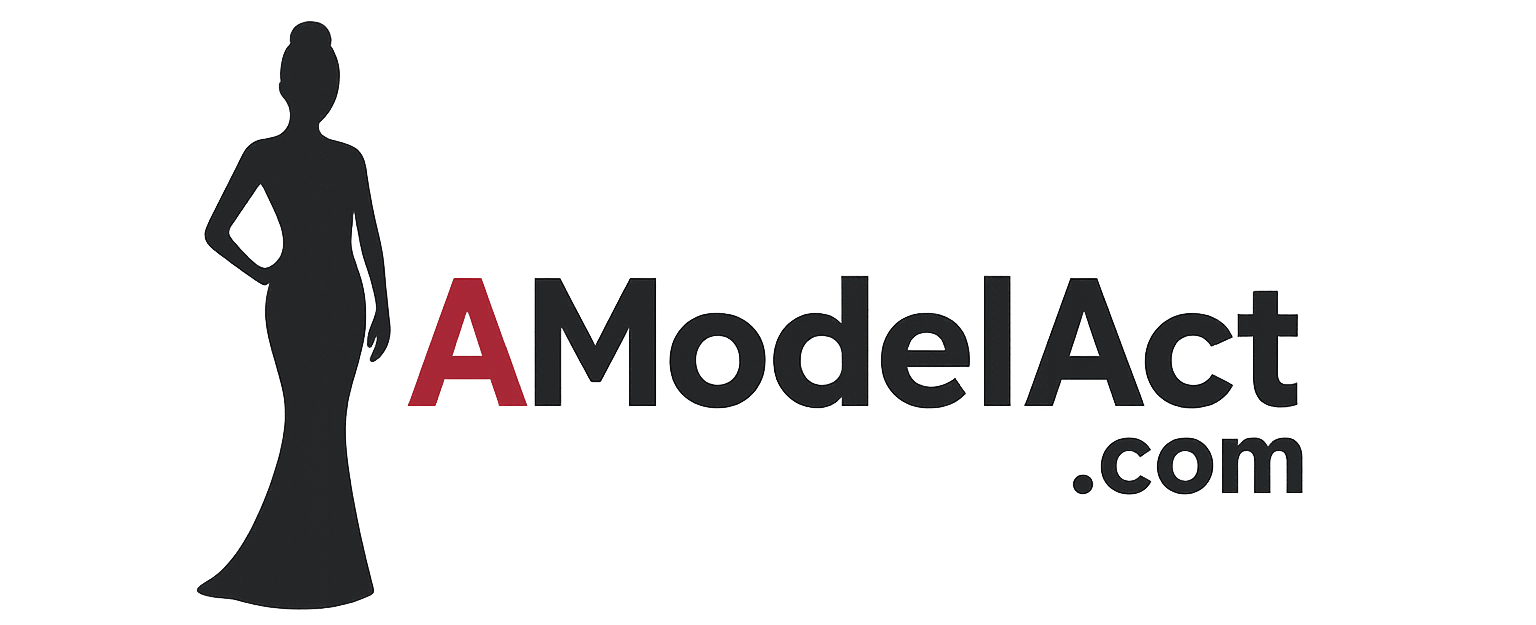Editorial and commercial styling serve distinct purposes in the modeling world, and knowing how to work within both can set you apart as a truly versatile professional. I’ve come to appreciate the unique energy, creativity, and preparation each one demands, and how understanding them has allowed me to shape my look and performance for the right audience. Whether you’re dressing for a high-fashion spread or a catalog shoot, the differences in styling are more than just surface-level, they reflect the whole mood and message of the job.
Editorial Styling Is About Storytelling
Editorial work often feels like art in motion. In this space, styling isn’t just about clothing, it’s about communicating a concept or mood. The looks are frequently bold, avant-garde, and sometimes even surreal. I’ve shown up to editorial shoots wearing layers of fabric pinned into sculptural forms, with dramatic makeup and sky-high hair to match. The fashion is rarely something you’d wear on the street, and that’s the point.
Photographers and stylists in editorial settings are usually building a narrative. You, as the model, are part of that story. The styling is exaggerated to capture attention, to stop someone flipping through a magazine, and make them pause. It’s exciting, but it also requires you to understand how your pose, face, and movement match the theme.
Commercial Styling Is About Accessibility
On the other hand, commercial styling is all about relatability. Here, the goal is to make a product look appealing to a wide audience. Clothing in commercial shoots is wearable and realistic, think jeans and a crisp tee, a sporty dress, or casual business attire. I’ve done commercial gigs where the point was to look like the girl next door, or a young mom, or a friendly co-worker. The styling had to support that persona.
Makeup tends to be more natural, and hair is clean and styled, but not too edgy. With commercial work, your job is to help the viewer imagine themselves using the product or service. That means the styling should feel familiar, aspirational, but not intimidating.
Differences in Posing and Energy
One thing I had to learn quickly was how much styling influences posing. In editorial shoots, the energy can be intense and experimental. You might be asked to create angular shapes with your body, to stretch, crouch, or twist in unusual ways that complement the avant-garde clothing. The vibe is more artistic and sometimes even theatrical.
In contrast, commercial styling calls for warmth and approachability. Your expressions should be genuine, friendly, and clear. Smiles matter here. The poses need to look comfortable and relatable, like you’re casually caught mid-moment. The clothing should move naturally on your body and not distract from the product or message.
Wardrobe Expectations
When I walk into an editorial shoot, I know I’ll be styled in something bold. Sometimes, I’ve been asked to wear layers that didn’t even feel like traditional clothing. Stylists bring fashion-forward brands and pieces meant to shock or inspire. It’s important to be open-minded and willing to wear styles you wouldn’t normally pick for yourself.
Commercial styling, however, often involves well-known retailers or lifestyle brands. I’ve modeled outfits from department stores, athletic brands, and tech companies, all meant to represent their customer base. The wardrobe is tidy, well-fitting, and often in neutral or seasonal colors. If you’re bringing your own wardrobe to a test or small shoot, staples like a fitted tank, jeans, or a solid-color dress go a long way.
Makeup and Hair Vary Widely
Editorial makeup is dramatic. Think glitter, neon, contouring that changes the structure of your face. I’ve had shoots where the makeup took longer than the actual photos. Hair might be teased, shaped, or dyed temporarily. This kind of styling is meant to create an arresting visual impact.
Commercial beauty is clean and minimal. Makeup aims to enhance rather than transform. I usually show up with my skin prepped and hair freshly washed and blown out. Stylists often just refine it with a light touch. You need to look like a polished version of yourself.
Preparing Your Look
For editorial shoots, it helps to research the mood board ahead of time if one is provided. I like to study the style of the photographer and the magazine or brand. That way, I can mentally prepare for the vibe and bring the right energy.
Commercial jobs often include wardrobe suggestions or requirements. I keep a few basics in my model bag, white and black tanks, seamless underwear, clean sneakers, and simple accessories. Being prepared makes styling easier and shows that you’re professional and easy to work with.
Collaboration Is Key
No matter the type of styling, collaboration with the creative team is essential. I’ve learned that stylists, makeup artists, and photographers all bring their vision to the shoot, and as the model, your job is to tie it together. Editorial work requires flexibility and boldness. Commercial gigs call for reliability and warmth. Either way, it’s not just about what you wear, it’s about how you wear it and how you bring it to life.
Recognizing What Each Style Can Do for Your Career
Both editorial and commercial modeling open different doors. Editorial styling gets you into fashion magazines and can build your image as a high-fashion model. These shoots might not always pay much, but they give your portfolio a strong edge and artistic variety.
Commercial modeling often pays more consistently. If you can match the styling needs of mainstream brands, you’ll get repeat work and build relationships with agencies and companies. Plus, commercial photos can appeal to a broader range of clients when building your comp card.
Blending the Two in Your Portfolio
Having both styles in your portfolio is a smart move. I’ve built mine to reflect versatility. I include editorial shots that show I can carry off high-fashion looks and commercial ones that make me look relatable. When the styling is strong, your range becomes obvious. You want clients to see you as adaptable, someone who can switch from edgy editorial glam to approachable lifestyle energy effortlessly.
Final Thoughts
Styling isn’t just an aesthetic decision in modeling, it shapes how you’re perceived. When you know the demands of editorial versus commercial styling, you’re better equipped to deliver what each shoot needs. Whether it’s high-drama fashion or clean, marketable looks, your ability to adapt your hair, makeup, outfit, and energy makes all the difference.
The more I’ve worked with different styling teams, the more I’ve learned to adjust my expression, body language, and presence to fit the styling vision. That’s what makes you valuable on set, not just looking the part, but becoming it.
Let me know if you’d like a downloadable version or want this formatted for your blog CMS.

